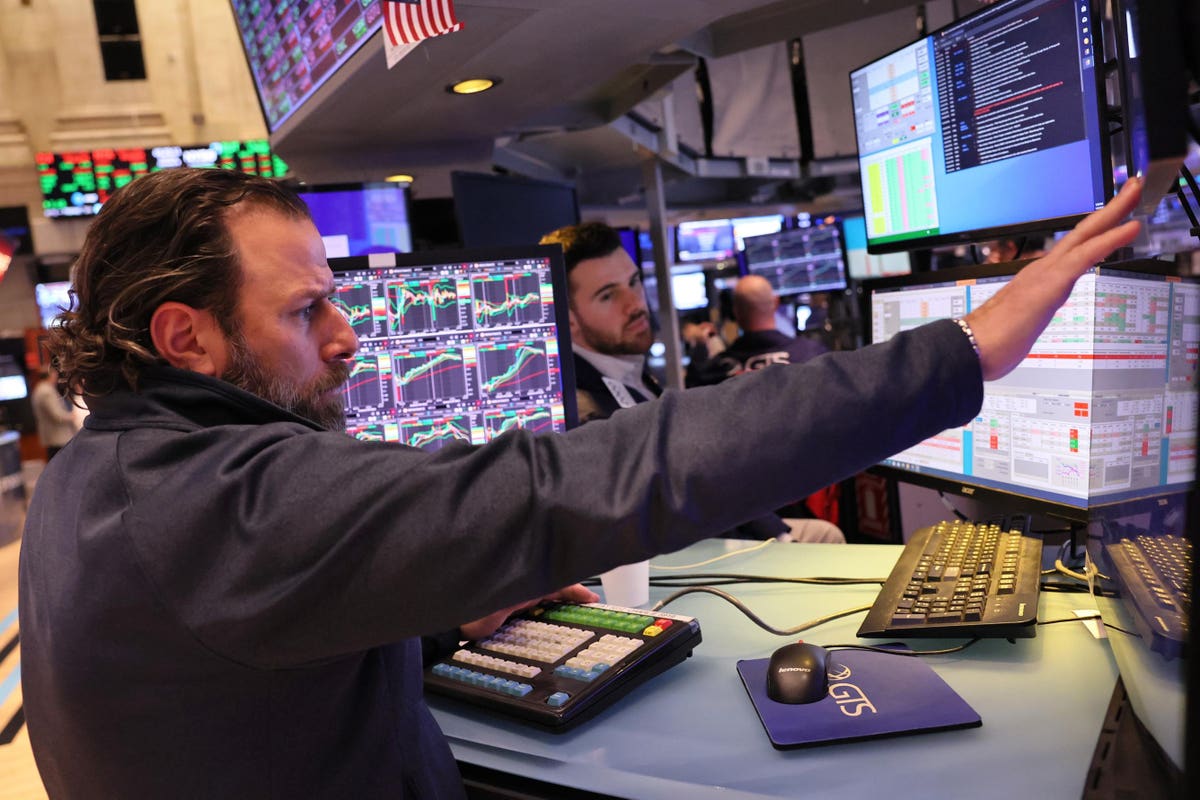After inverting on most measures in mid 2022, the predicted U.S. recession that an inverted yield curve often warns of, has not occurred. Since July, the degree of inversion has lessened, but there is still concern of economic pain ahead. That said recent economic data such as September jobs data, with over 300,000 jobs added, and Q3 Gross Domestic Product growth, at over 2%, has been reassuring that a U.S. recession is not imminent.
A Recession Signal
In the generally unreliable world of macroeconomic forecasting, the yield curve has a better track record than many alternative metrics. Historically, an inverted yield curve has often meant a recession is coming in about a year or so. Historically, this metric has generally predicted U.S. recessions with few false positives.
Yield curve inversion occurs when longer term government bond interest rates fall below shorter term rates. This often happens when the Federal Reserve raises interest rates sharply, as we’ve seen recently. However, the 2022 signal implied a potential 2023 recession.
To date that has not happened. Of course, that picture could change, but we are simply running out of time for a recession to start in 2023.
Other Interpretations
Exact interpretation of the yield curve vary. The New York Fed’s research suggest that the appropriate metric to watch is the 10 year yield relative to the 3 month rate. That spread has become less negative since July, too. Still, as of September, the model maintained by the New York Fed predicts a 54% chance of a recession within 12 months.
Why Hasn’t It Worked?
So why hasn’t the potential recession that the yield curve heralded arrived? Perhaps, we will see a recession but not yet, not everyone agrees that a recession will occur within 12 months of the yield curve signal. Maybe it will take longer. That might be the case this time, because many households and corporations locked in borrowing at lower rates in past years, and aren’t feeling the impact of higher rates just yet, though will eventually.
It’s also notable that the first half of 2022 did see weak economic growth, though was not classified as a recession. So maybe we’ve recently seen an event that was very close to a recession.
Another angle is fiscal policy. Monetary policy in the U.S. is restrictive as interest rates have risen, and that’s, in part, what the yield curve measures. However, the government is running large budget deficits as it spends more than it takes in through taxes currently. For fiscal 2023, the deficit is around $1.5 trillion. That fiscal position can boost growth, and may to some extent, offset the impact of restrictive monetary policy.
In addition, the pandemic had various unusual impacts on the economy. In some cases theses are still being worked through. That has created a number of unusual economic impacts such as an increase in savings for many households, spiking inflation and imbalances in the labor market. Therefore, traditional economic relationships haven’t always held.
What’s Next?
The yield curve continues to signal a U.S. recession is coming and on some interpretations ‘should’ have occurred already. To date, the economic data disagrees. It remains to be seen whether this is a black mark against the typically reliable yield curve forecast. On the other hand, maybe we will see a recession, just a little later than the yield curve implies.
Read the full article here













